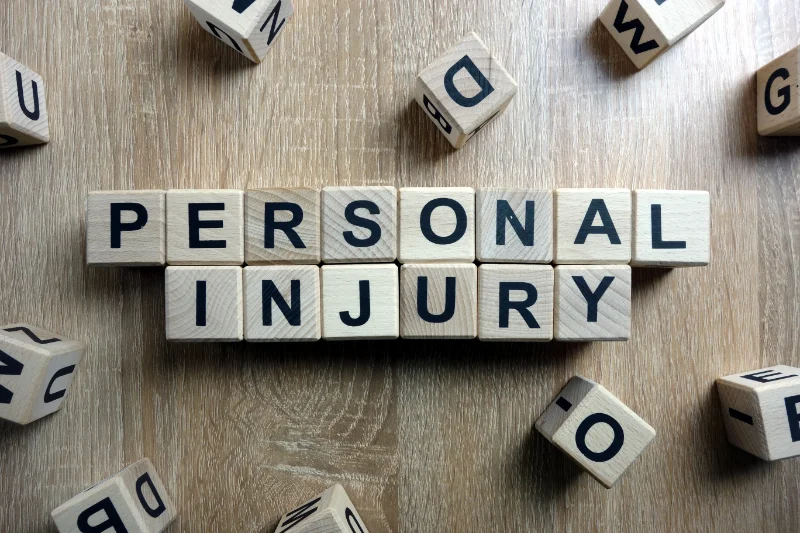Anchorage, Alaska
Personal Injury Attorney
Accidents can have serious consequences, both physically and financially. When an accident is caused by someone else’s negligence, things can quickly start to feel overwhelming. Medical bills, hospital expenses, rehabilitation, medications, and doctor’s visits all add up. According to the CDC, the average cost of hospitalization is nearly $57,000 following a traffic accident. That is why it is crucial to pursue fair compensation for personal injuries.
As a personal injury attorney at Law Office of Jason Skala, LLC, I help accident victims throughout Alaska seek the compensation they deserve for personal injuries suffered due to someone else’s negligence. If you live in Bethel, Kotzebue, and Barrow (Utqiagvik), or anywhere else in the state, allow me to walk you through the main points of filing a personal injury claim and moving forward during this difficult time.
Schedule a free consultationAfter an Injury
Get in Touch with usThe Comparative Negligence Rule
When people ask, “Who is liable for the accident?” the comparative negligence rule comes into play. This rule considers that fault for an accident may be distributed among the parties involved. Consequently, the accident victim may share some of, but not all, the fault.
Consider this situation: A driver is driving over the speed limit. Another driver comes to a stop sign but does not make a complete stop. The speeding car hits the car at the stop sign causing the accident. The speeding driver is at-fault for going over the speed limit and for driving recklessly. However, the accident victim has a share in the fault because they didn’t come to a complete stop at the stop sign. As a result, the liability decision between the insurers is an 80/20 distribution of negligence in an accident. So, what does this mean for the accident victim?
Since the victim has 20% of the fault, their payout would be reduced by this amount. Suppose the payout is $10,000. The accident victim would receive $8,000 ($10,000 minus $2,000, or 20%).
Statute of Limitations in Alaska
Accident victims have two years from the accident date to file a personal injury claim. After that period, accident victims may face considerable difficulty getting compensation for personal injuries. That is why accident victims must file a personal injury claim as soon as possible.
Filing a Personal Injury Claim in Alaska
Accident victims have three main options when filing a personal injury claim in Alaska.
Against Own Insurance
Accident victims may need to file a personal injury claim against their insurance policy when they cannot file against the at-fault party. This situation is common in hit-and-run incidents. In such situations, tracking down the liable party may be difficult. As a result, the accident victim may have no choice but to file a personal injury claim against their own insurance policy.
Pursue Litigation
Litigation may become necessary when the at-fault party does not have insurance, or their insurance coverage does not cover personal injury expenses such as long-term care, extended hospital stays, rehabilitation, and death.
Consequently, the accident victim or their relatives may need to file a personal injury lawsuit to seek compensation for damages and personal injuries. Working with a skilled personal injury attorney is crucial in ensuring that a personal injury lawsuit succeeds.
Against the At-Fault Party
Accident victims can file a personal injury claim against a party’s insurance policy when there is an at-fault party. However, there are a couple of key considerations:
-The liable party’s insurance coverage may be insufficient to cover the damages resulting from the accident.
-In case of death, the accident victim’s family may need to file a wrongful death claim seeking compensation for the accident victim’s passing.
-Minimum auto insurance requirements in Alaska require $50,000 for personal injury protection for an individual or $100,000 for total personal injuries and death.
Bear in mind that these minimum coverages may be insufficient to cover extensive personal injuries and damages. As a result, accident victims may need to pursue litigation to receive compensation for damage exceeding minimum coverage amounts.


